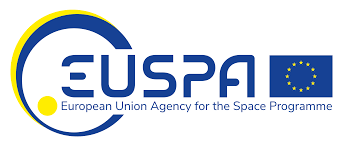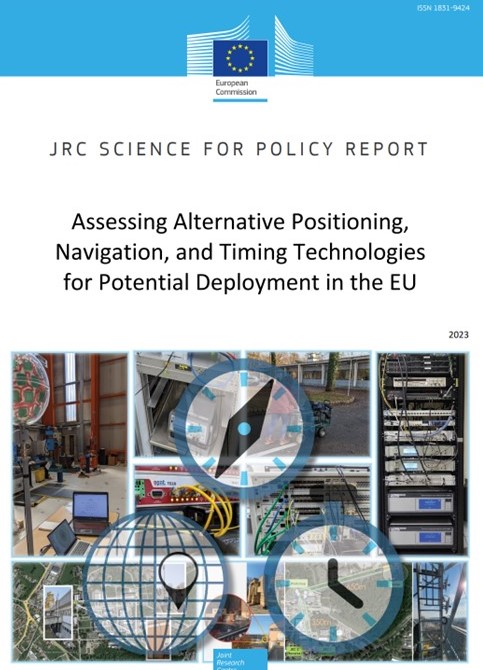What’s New: Last month the EU released its report on its alternative PNT demonstration project.
Why it’s Important: The project, begun in 2020, examined technologies from 6 different companies. It confirmed there are mature technologies capable of providing time and location independent of GNSS.
What to Know:
- The project was not meant to be comprehensive.
- There are dozens of companies and technologies that could have been examined.
- The project had limited funds and could only look at these six companies.
- Some companies chose to not apply because of the expense they would have had to incur.
- The US Department of Transportation completed a similar project and reported on it in 2021.
- Rationale for the project included:
- Widespread reliance on GNSS for PNT by critical infrastructure and applications and cybersecurity concerns.
- The dangers of malicious jamming and spoofing.
- The dangers of accidental interference.
- Despite a 28% of disruption by Coronal Mass Ejection each year and a 4% chance so something worse, this threat was not mentioned in the report rationale.
- In some ways this effort is “continuing to admire the problem.” There appears to be no linkage to a follow-on effort to establish one or more systems to protect Europe.

Executive Summary
Our society and economy are crucially dependent on positioning, navigation, and timing (PNT)
services provided by Global Satellite Navigation Systems (GNSS), such as the European Galileo
and the USA Global Positioning System (GPS). Only for the EU, the total economic benefits of
GNSS, in the 1999-2027 period, were estimated at €2 trillion alongside the creation of more than
100,000 highly skilled jobs. Furthermore, Galileo and EGNOS have a tangible impact on many EU
policy domains, such as the economy (e.g., transport, mobility, industry), the EU Green Deal (e.g.,
agriculture, fisheries, environment), or security and defence (e.g., emergency and crisis
management, the EU strategic autonomy and independence).
While the benefits and ubiquitousness of GNSS are evident and indisputable, one must be aware
of the potential disruptions, which could be triggered maliciously with a jamming or spoofing
attack or by a GNSS system infrastructure malfunction. Today, many EU critical infrastructures,
such as energy supply networks, transport infrastructures, telecommunications, and financial
networks, have a strong reliance on GNSS. Since these infrastructures have become primary users
of PNT services, the availability of backups or alternative sources of PNT services (A-PNT) should
be considered as a priority.
There is also a possible use scenario with these A-PNT services being permanently active to
increase the robustness and even augment classical GNSS. Two relevant policy initiatives of the
EC in this context are the Directives on the resilience of critical entities (CER Directive) and
cybersecurity (NIS2 Directive), which mandate Member States to identify the critical
infrastructures and undertake measures to strengthen their resilience against physical and cyber
attacks. Equally important is the European Union’s current policy objective of Strategic
autonomy, with the Strategic Compass for Security and Defence requesting better cyber defence
policy, investment in capabilities and innovative technologies and co-operation with partners.
In the framework of a call for tender (CfT) launched by the Directorate General for Defence
Industry and Space (DEFIS) of the European Commission (EC) in December 2020, a performance
assessment campaign on a total of seven state-of-the-art A-PNT demonstration platforms has
been conducted, with the scientific and technical lead of the EC Joint Research Centre (JRC). The
main scope of the tender was to assess the performance of the A-PNT technology demonstrators
capable of delivering accurate and robust positioning, and/or timing services, independently from
GNSS. Additionally, and as an option, the capability to provide PNT services in environments
where GNSS cannot be delivered, was asked to be demonstrated.
The test campaign objective was to assess the conformance of each A-PNT demonstration
platform against the requirements set. Seven A-PNT platforms have been tested at the JRC
premises and in a few additional cases, at other test sites suggested by the A-PNT platform
provider. Starting in September 2021, almost eight months of testing have been completed, with
the A-PNT platforms demonstrating precise and robust timing provision and transfer and some
demonstrating positioning services, both indoor and outdoor.
This report summarises the main results of the tests. It includes the presentation of the minimum
technical requirements, the definition of the test plan, and describes the setup of the testing
facilities for the experiments. An important outcome of this test campaign is the demonstration
that the A-PNT platforms under evaluation can deliver positioning, and/or timing information
independently from GNSS.


